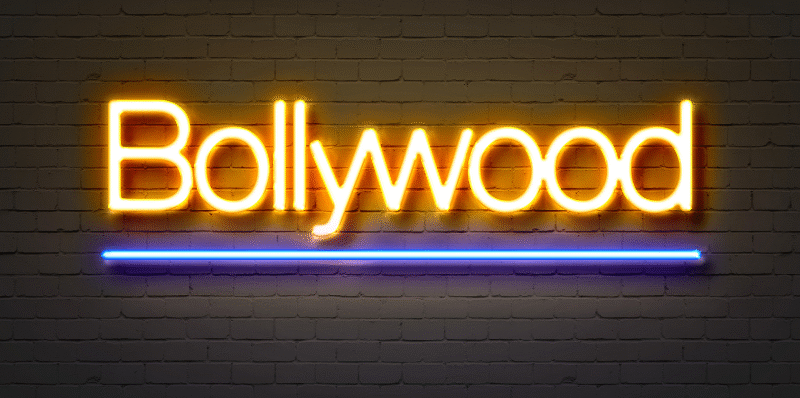Inside Bollywood 2025: The Year of Genre-Bending Films
If one phrase could define Bollywood in 2025, it’s “genre-bending storytelling.” Gone are the days when Indian films were easily slotted into tidy categories like romance, action, or comedy. This year, a new wave of filmmakers and storytellers is breaking traditional molds, creating cinematic experiences that challenge expectations and ignite fresh conversations. Welcome to Bollywood 2025, where boundaries blur and creativity reigns.
The Rise of the Unclassifiable
Traditionally, Bollywood films have been anchored in formulaic structures: a love story with a few dance numbers, a villain, and a moral resolution. But 2025 has brought a bold shift. Directors are now fusing seemingly incompatible genres—mixing sci-fi with mythology, horror with musicals, and noir with satire.
Take for example “Shunya: The Zero Paradox”, a sci-fi thriller rooted in ancient Vedic philosophy. It features time travel, quantum mechanics, and a love story that unfolds across multiple dimensions. The film grossed over ₹300 crore globally, proving that audiences are more than ready for complex narratives.
From Masala to Multi-Layered
Bollywood has always been known for its “masala” films—those vibrant blends of action, drama, romance, and music. But in 2025, masala has matured into something more nuanced. Films now offer layered stories with deeper philosophical undertones, all while keeping the mass appeal intact.
“Raat Ki Dhoop,” directed by National Award-winner Ayesha Khanna, combines psychological horror with classical dance. The film explores themes of grief and reincarnation, set against the backdrop of a Kathak dancer haunted by her past lives. It’s eerie, poetic, and unmistakably Indian, showing how filmmakers are reimagining heritage through modern lenses.
Streaming Platforms: The Real Game Changers
The streaming revolution has fueled this genre experimentation. Platforms like Netflix India, Amazon Prime Video, JioCinema, and regional OTTs have become creative playgrounds. Free from box-office constraints, creators are willing to take risks.
Projects like “Mirage City”, a dystopian musical crime series set in a flooded Mumbai of 2090, or “Chandni Chowk Noir,” a detective saga infused with Urdu poetry and spoken word performances, wouldn’t have found space in traditional cinema halls a few years ago. Today, they’re not just thriving—they’re setting the bar.
A-List Actors, Unconventional Roles
Top Bollywood stars are also embracing this trend. Ranveer Singh stunned critics with his role as a transgender gangster-poet in the gritty, semi-surreal “Kala Gulab.” Meanwhile, Alia Bhatt starred in “Meghna’s Map,” a narrative split across four genres—romance, war drama, coming-of-age, and courtroom thriller—all seen through the eyes of one woman across 40 years.
Actors aren’t just performing—they’re partnering in production, championing scripts that defy labels. This shift signals an industry no longer confined to commercial comfort zones.
Global Influence, Desi Soul
While many genre-blending films take inspiration from global trends—like the multiverse boom, Nordic noir, or Korean psychological dramas—Bollywood is reinterpreting them with a distinctly Indian soul. Mythology, regional folklore, cultural rituals, and language diversity enrich these narratives, giving them universal resonance while staying rooted.
“Bhavishya Raga”, a Telugu-Hindi fusion film, merged climate fiction with Carnatic music to tell a story about disappearing traditions in a world on the brink of ecological collapse. It premiered at Sundance and found acclaim in both rural Andhra and urban Berlin.
The Audience is the Hero
Ultimately, what’s driving this evolution is the audience. Today’s viewers are informed, open-minded, and hungry for originality. The viral success of indie films, fan theories dissected on Reddit, and in-depth YouTube essays show a growing cine-literate population that appreciates bold storytelling.
It’s no longer enough for a film to entertain—it must provoke thought, reflect complexity, and reward repeat viewing.
What’s Next?
With Cannes 2025 set to host its first “Indian Futurism” category and Bollywood studios planning multi-genre cinematic universes, the experimentation is only just beginning.
In a landscape where a single film can be part-musical, part-horror, and part-historical satire, genre is no longer a box—it’s a palette. And Bollywood, with its rich storytelling tradition and bold new talent, is painting with every color imaginable.
Conclusion:
2025 will be remembered as the year Bollywood broke free. By blending genres, filmmakers aren’t just innovating—they’re reshaping the very identity of Indian cinema. The future isn’t defined by one kind of story, but by the limitless ways we choose to tell them.


